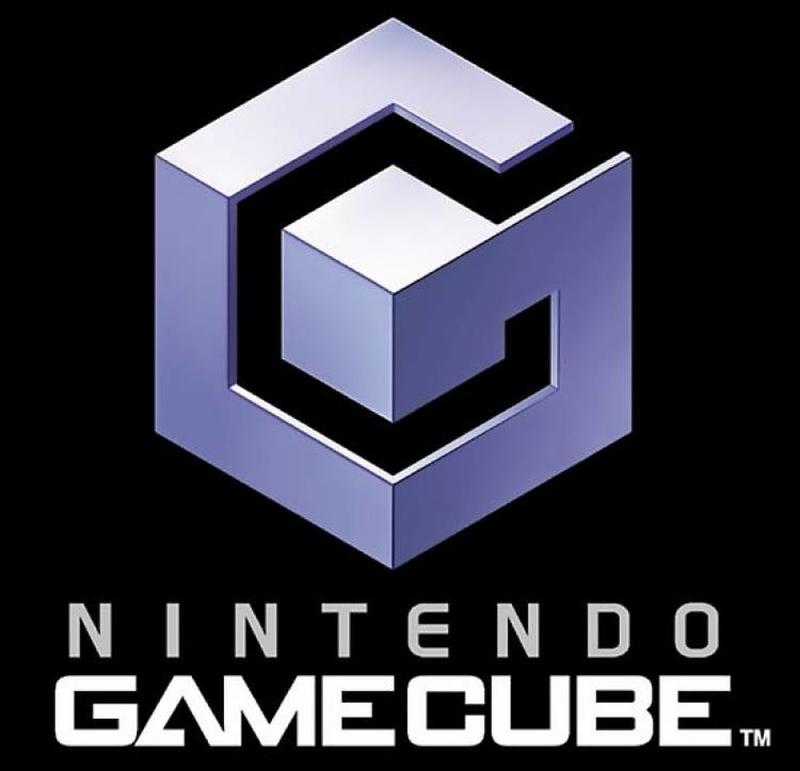
We might be a little bit biased about this logo, but only because the Nintendo Gamecube was such a great console. It was released during an era when the Sony PlayStation had started to eat into Nintendo's share of the market, but it was a strong performer with some great games, and it arguably never got the recognition it deserved. Nor did its fantastic logo, which is one of Nintendo's best.
The logo is essentially a cube inside a cube, and bears a strong resemblance to the device it was designed to market. The geometrically pleasing logo has more flair to it than that though - the harder outline of the cube makes the shape of a 'G,' and within it, the white space takes on the form of a 'C.' It's spelling out the initials of the platform for you, and using three dimensions to do it with. Very clever!
Celebrities are no strangers to changing their looks for a role. And in some instances, they have to get pretty extreme. From 500-calorie-a-day diets to drinking pints of ice cream, Actors and actresses know what it takes to change their bodies in preparation for a new film.
Charlize Theron is no stranger to gaining and losing weight for movie roles, as we remember her transformation in Monster. Charlize Theron gained close to 50 pounds for her role as Marlo in Tully. Theron said that “for the first time in my life I was eating so much processed foods and I drank way too much sugar. … I remember having to set my alarm in the middle of the night in order to just maintain the weight.”
You’re used Chris Hemsworth's hulk-like figure in Thor, but In the Heart of the Sea required a totally different diet. The movie required the cast members lose a ton of weight to make their stuck-at-sea plight more believable. Chris Hemsworth said there were days when all he ate was one boiled egg, a couple of crackers, and a celery stick.
Anne Hathaway wanted to get serious for her role in Les Misérables, as she was playing Fantine, a starving prostitute with tuberculosis. So Anne Hathaway went on a diet of “rabbit food” to drop 25 pounds. Hathaway explained her diet was essentially just starving herself, but she didn’t want to give details, as she doesn’t want to encourage anyone to copy her emaciated look. She did note that she “just had to stop eating for a total of 13 days shooting,” however. And at one point, her bones became so frail that she reportedly broke her arm.
Matthew McConaughey's portrayal of Ron Woodruff in Dallas Buyers Club, a man with HIV/AIDS, was spot-on, earning him the title of best actor at the Oscars. But it also required a serious physical transformation. Matthew McConaughey said he lost 38 pounds for the role. During filming, he said he lost a lot of energy from eating so little — and he hit plenty of plateaus along the way. Finally, with a strict diet, he got down to 143 pounds. And while he did cardio to help with the weight loss, he said it was 90% what he was eating and portion size.
Hilary Swank had to put on 23 pounds of pure muscle for her role as a boxer in Million Dollar Baby. The process doesn’t sound easy, however. “I started working out five hours a day — I had to eat 210 grams of protein a day,” Swank said. She also mentioned that she had to consume 60 egg whites per day, and when that proved too difficult, she had to drink them. And to keep the muscle on, she would get up and drink protein shakes in the middle of the night.